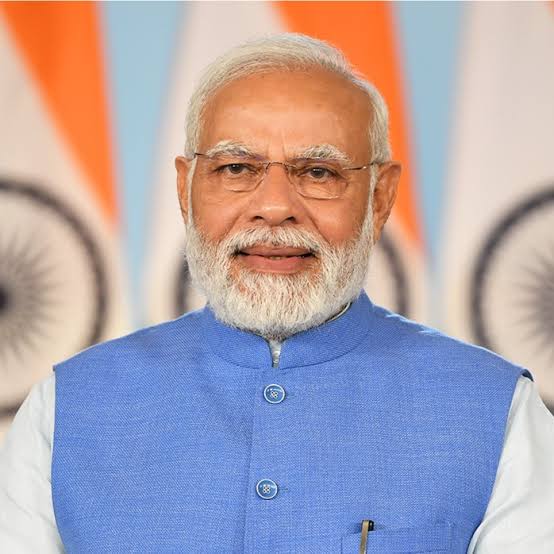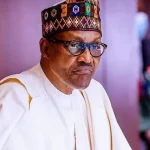By Fareed Zakaria, Columnist and CNN Analsyt
Visiting India this week, I was struck by how different the mood there is compared with much of the world. While people in the United States and Europe are worried about inflation and a possible recession, Indians are excited about the future. India is now the most populous country on the planet and is projected to be the fastest-growing large economy as well, at 5.9 percent this year. As Prime Minister Narendra Modi said recently, “India’s time has arrived.”
My worry is that I have seen this movie before. I remember going to the World Economic Forum in Davos in 2006 and being bombarded with billboards plastered all over the Swiss town saying “Incredible India!” and proclaiming it to be the “world’s fastest-growing free market democracy.” In fact, in those years, India was growing even faster than it is now, at a rate of more than 9 percent. The Indian trade minister at the time confidently predicted to me that the Indian economy would soon overtake China’s.
It didn’t quite work out that way. After a few years, growth petered out, economic reforms stalled, and many foreign businesses that had entered the country with great enthusiasm were disappointed. Some left altogether. As for beating China, despite the Chinese economy’s slowdown, it is now about five times the size of India’s.
And yet I came away from the trip bullish about India. While that mid-2000s enthusiasm did not fully translate, the country did continue to make progress. It has been the second-fastest-growing large economy (behind China) for about 20 years. In recent years, however, it has been able to accelerate growth because of a series of revolutions.
The first revolution was a government initiative called Aadhaar, which gives every Indian a unique 12-digit ID number verifiable by fingerprints or an iris scan. It sounds simple, but it is, in Nobel laureate Paul Romer’s words, “the most sophisticated ID program in the world.” Today, 99.9 percent of adult Indians have a digital ID that can be used to verify instantly who they are and thus set up a bank account in minutes (literally, I have seen this done!), or to transfer government payments to recipients directly and with little skimming and corruption.
Aadhaar enrollment is open to all and free, but its most distinctive feature is that it is publicly owned and operated, unlike in the West, where digital platforms such as Google and Facebook are private monopolies that can share your data to make a profit. Entrepreneurs can even build businesses on Aadhaar. And when you use the platform to send money or take out a loan, you don’t pay those persistent fees so ubiquitous in the West.
Story continues below advertisement
The second is the Jio revolution. Mukesh Ambani, India’s biggest and most ambitious business leader, made a staggering $46 billion bet that by offering very cheap phones and data packages through his telecom service Jio, he could get most Indians on the internet. It worked. With most using smartphones as their computers, more than 700 million Indians now use the internet. In 2015, India was ranked 122nd for per capita mobile data consumption. Last year, it was first, exceeding the consumption of China and the United States combined.
The third is an infrastructure revolution, which is readily apparent to anyone visiting India. Spending on roads, airports, train stations and other projects has exploded. Government capital spending has risen fivefold since fiscal 2014, and the average construction of national highways has roughly doubled, as have seaport capacity and the number of airports. Mumbai is finally building an extensive set of bridges, roads, tunnels and metro lines that could truly connect all parts of India’s leading economic center.
These three revolutions could, this time, truly transform India. But they can best do so by helping in the country’s greatest challenge — bringing in the hundreds of millions of Indians who are still on the margins, economically, socially and politically. As of 2019, about 45 percent of Indians — more than 600 million people — live on less than $3.65 a day.
Nandan Nilekani, the visionary architect of Aadhaar, describes how to create jobs in a novel, bottom-up fashion. Rather than the Chinese top-down approach of building 100 new factories that employ tens of thousands, he envisions using Aadhaar to get loans to the millions of small businesses scattered throughout the country. “If 10 million small businesses get loans that let them each hire two more people, that’s 20 million new jobs,” he said to me.
The even larger challenge of inclusivity involves India’s women, who are still pressured in various ways not to work outside the home. Female labor force participation in India is low and, stunningly, has fallen over the past two decades from around 30 percent to 23 percent. Of the Group of 20 countries, not even Saudi Arabia’s level is lower. Bloomberg Economics estimates that closing the gap between women’s and men’s participation would increase India’s gross domestic product by more than 30 percent over the next three decades.
A focus on inclusivity would also ease India’s religious tensions, bringing into the fold that nation’s Muslims (roughly 200 million people, one-seventh of the country), who face persistent persecution. It would also be in character for a country that is an open, pluralistic democracy with a Hindu majority, a religion almost defined by its pluralism and tolerance.
India has the potential to be admired for not just the quantity of its growth but also the quality of its values. And that would truly be an incredible India






